Flint Castle
Flint Castle [Map] is located on the River Dee where the river is crossed by a ford. Building work began in 1277 initially under Richard L'engenour. The castle, like a number of Edward I's castles in Wales, was designed to be supplied by water.
The castle design is unusual insofar as its largest tower is separated from the inner bailey by a tidal moat crossed by a drawbridge. The Great Tower has stone walls seven metres thick at the base and five metres above. A timber gallery was built on top of the keep for the visit of Edward, Prince of Wales, in 1301. On the ground floor is a vaulted passage that runs all the way around the inside of the keep.
In addition to the castle Edward I commissioned the building of a town protected by a wall. The present layout of Flint is consistent with its design.
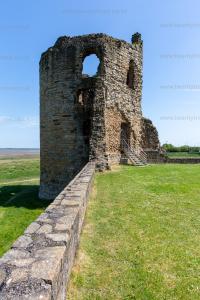
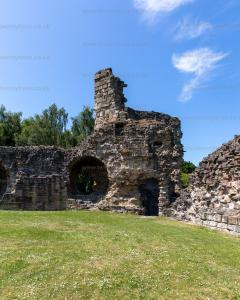
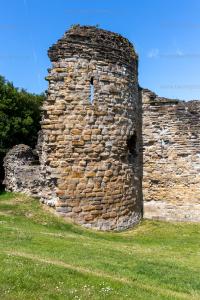
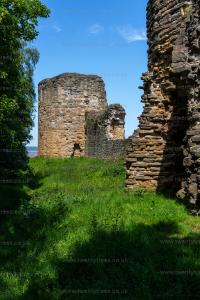
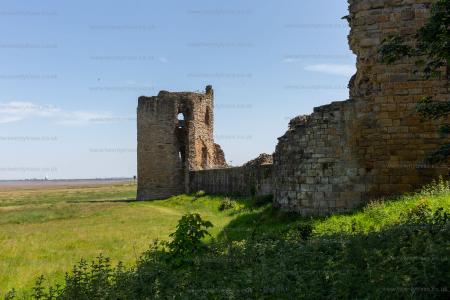
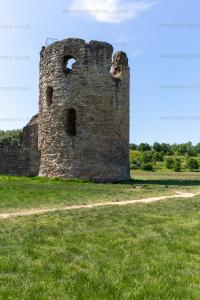
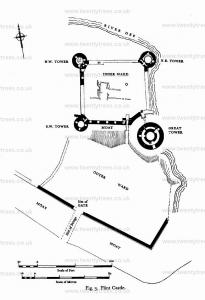
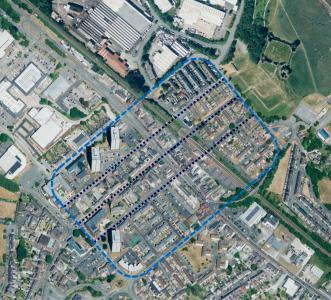
Flint Castle [Map] showing the water-dock where ships would access the castle from the River Dee estuary.
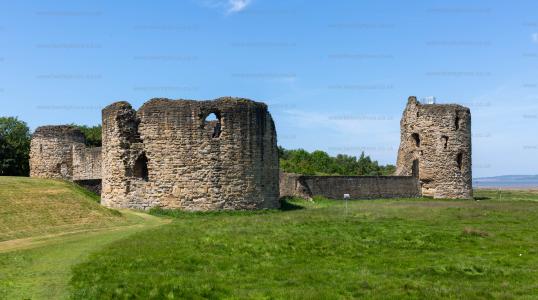
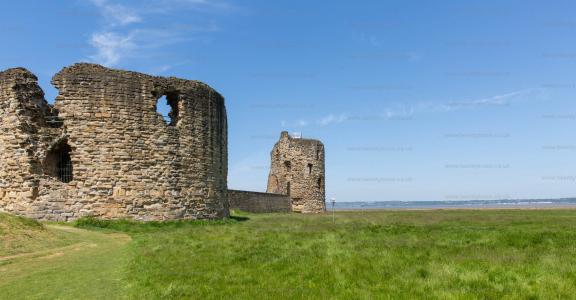
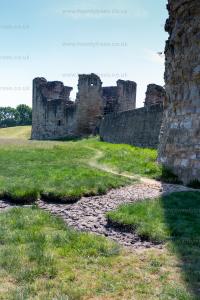
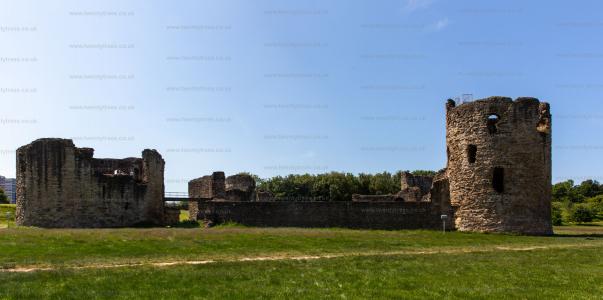
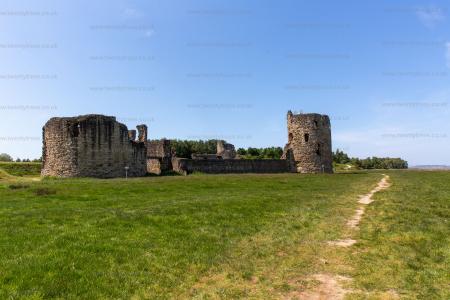
The Great Tower of Flint Castle [Map]. The tower would have been considerably higher when built. It has central rooms at each level, with a walkway around the central room at gounrd level. The Great Tower probably had a conical roof with timber roundwork at its top.
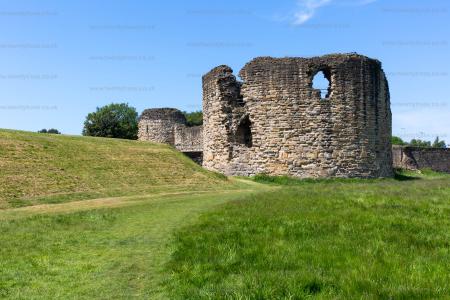
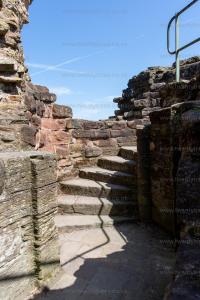
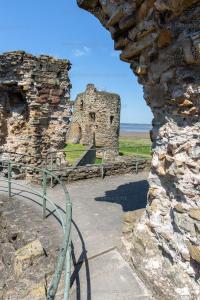
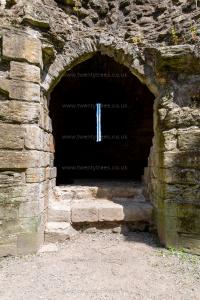
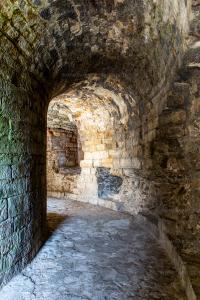
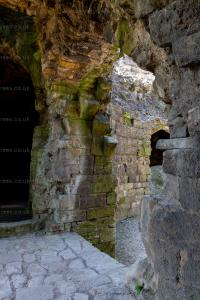
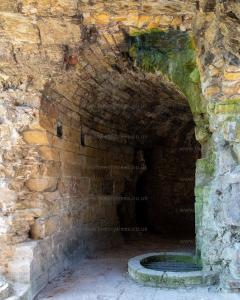
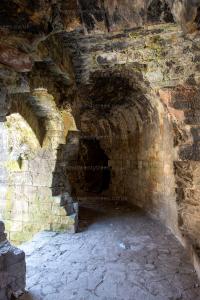
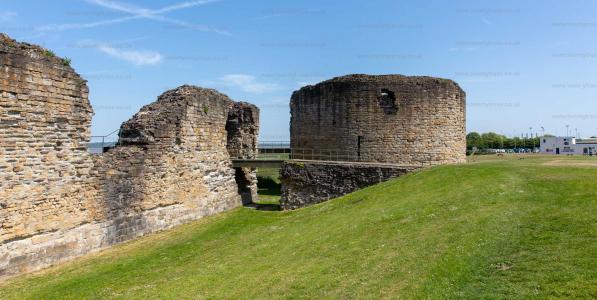
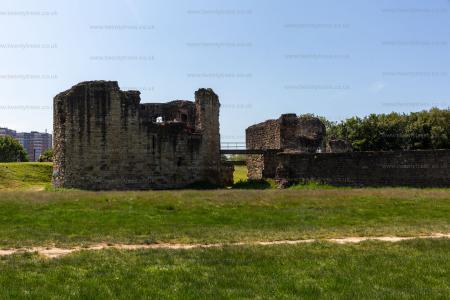
On 19 Aug 1399 King Richard II of England (age 32) surrendered to Henry Bolingbroke Earl of Derby (age 32) at Flint Castle [Map]. William Ros 6th Baron Ros Helmsley (age 29) was present [Note. Wikipedia states Berkeley Castle?]


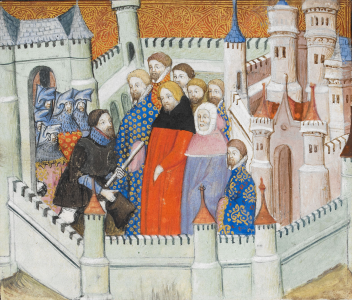 Around 1401. Jean Creton Chronicler. The Capture and Death of King Richard. King Richard II of England (standing in black and red) surrendering to King Henry IV of England (age 33) (holding the white staff) at Flint Castle [Map].
Around 1401. Jean Creton Chronicler. The Capture and Death of King Richard. King Richard II of England (standing in black and red) surrendering to King Henry IV of England (age 33) (holding the white staff) at Flint Castle [Map]. 

In 1407 Roger Leche of Chatsworth (age 46) was appointed Constable of Flint Castle [Map].
In 1664 Ralph Whitley was appointed Constable of Flint Castle.
In 1689 Thomas Whitley of Peel Hall (age 38) was appointed joint Constable of Flint Castle for life.
In Mar 1750 Other Lewis Windsor 4th Earl Plymouth (age 18) was appointed Constable of Flint Castle.
Flintshire Historical Society Volume 12. The Building of Flint [Map]. An Address to the Society given in the County Council Chamber, Mold, on 17 Feb 1751 by J Goronwy Edwards, M.A., D.Litt., F.B.A. Professor of History and Director of the Institute of Historical Research in the University of London.
In 1775 Owen Brereton aka Salusbury-Brereton (age 60) was appointed Constable of Flint Castle.
Wales Illustrated North Wales. Flint Castle [Map].
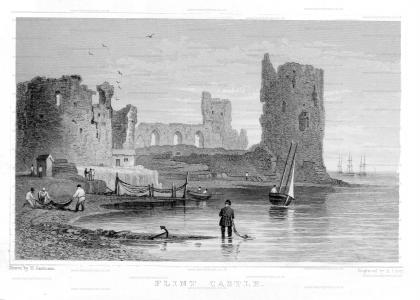
 Around 1834. Joseph Mallord William Turner (age 58). Flint Castle [Map]
Around 1834. Joseph Mallord William Turner (age 58). Flint Castle [Map]
The Welsh Castles and Towns of Edward I comprise a number of castles, some with associated planned towns, commissioned as a means of containing the Welsh. They included, from east to west, Flint Castle [Map], Rhuddlan, Conwy Castle [Map], Beaumaris Castle [Map], Caernarfon Castle [Map], Harlech Castle [Map] and Aberystwyth Castle [Map]. Those not on the coast include Chirk Castle [Map], Denbigh Castle and Town Walls and Builth Castle [Map]. Arguably, Holt Castle [Map] and Criccieth Castle [Map] should be included.